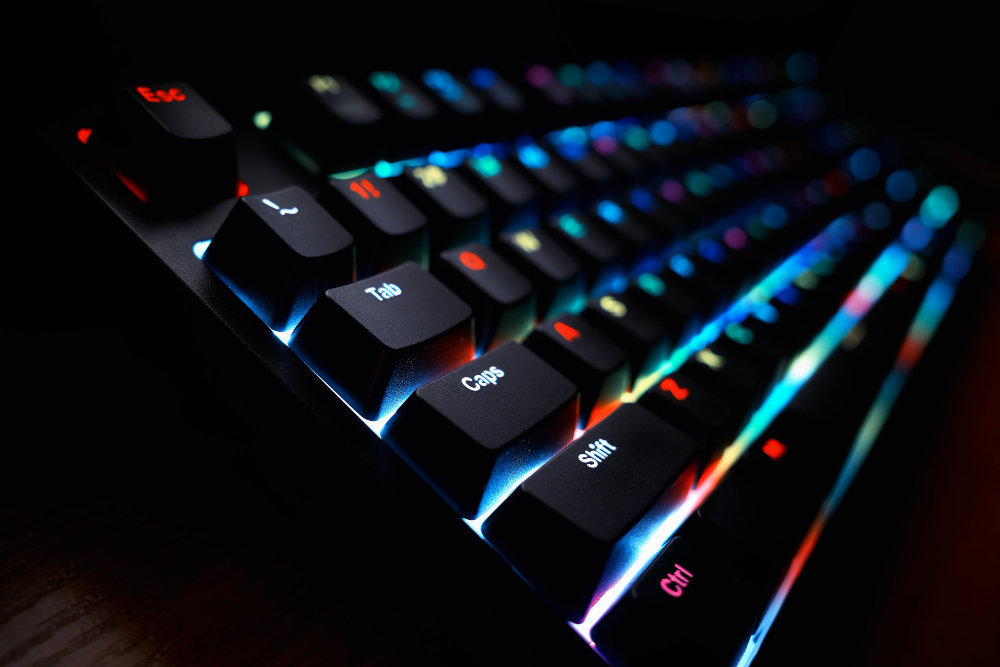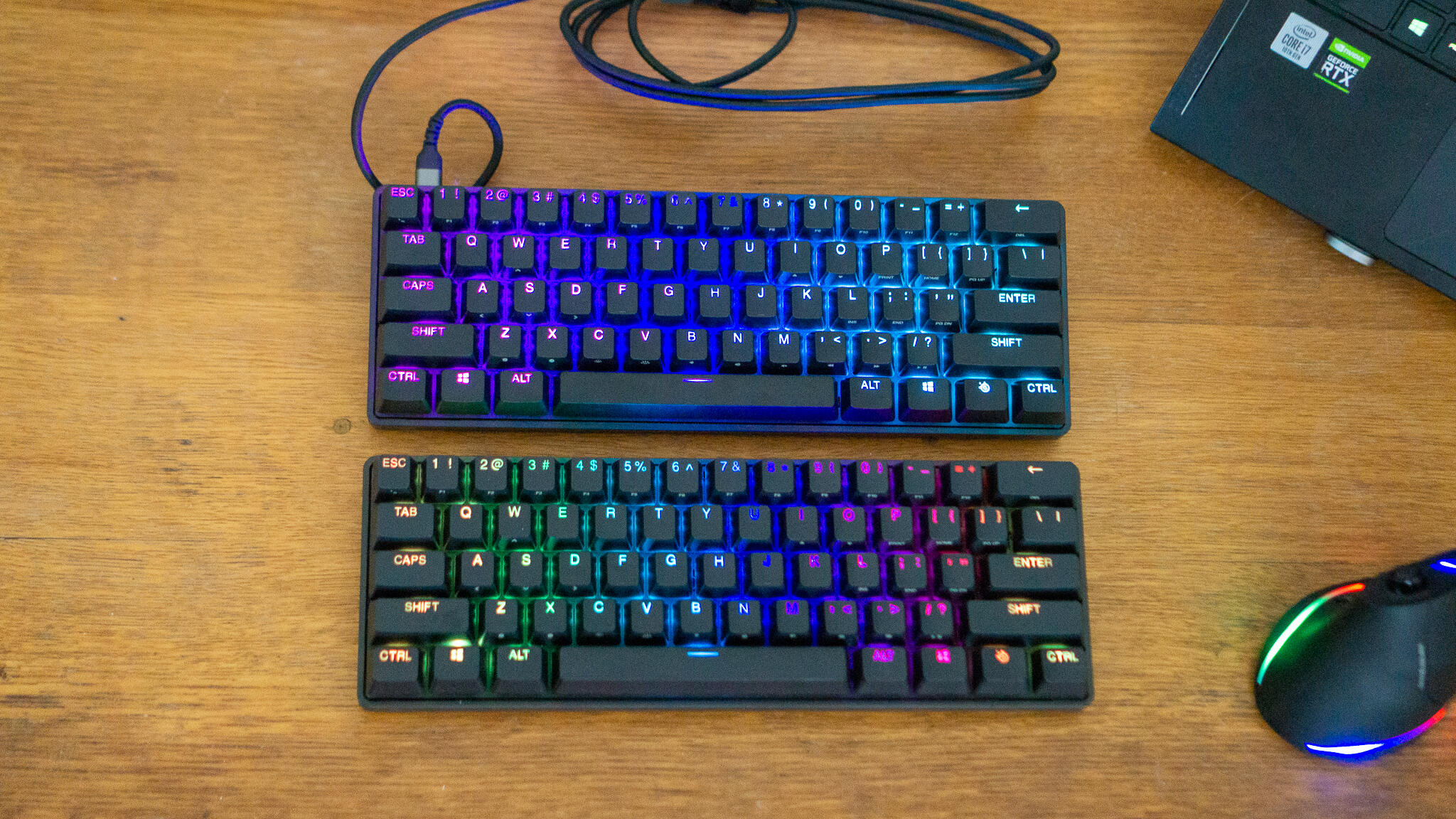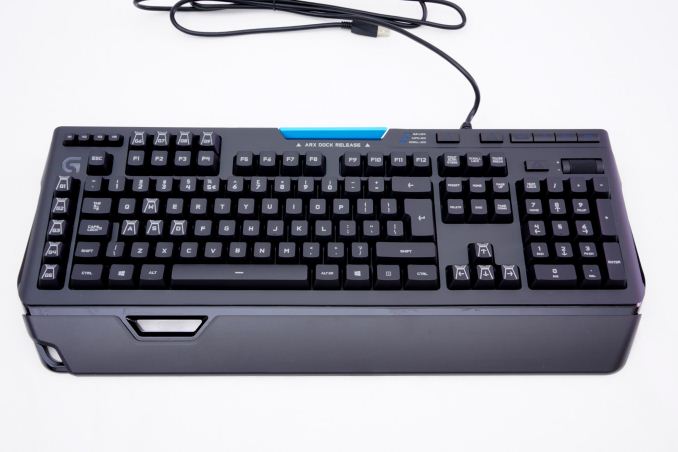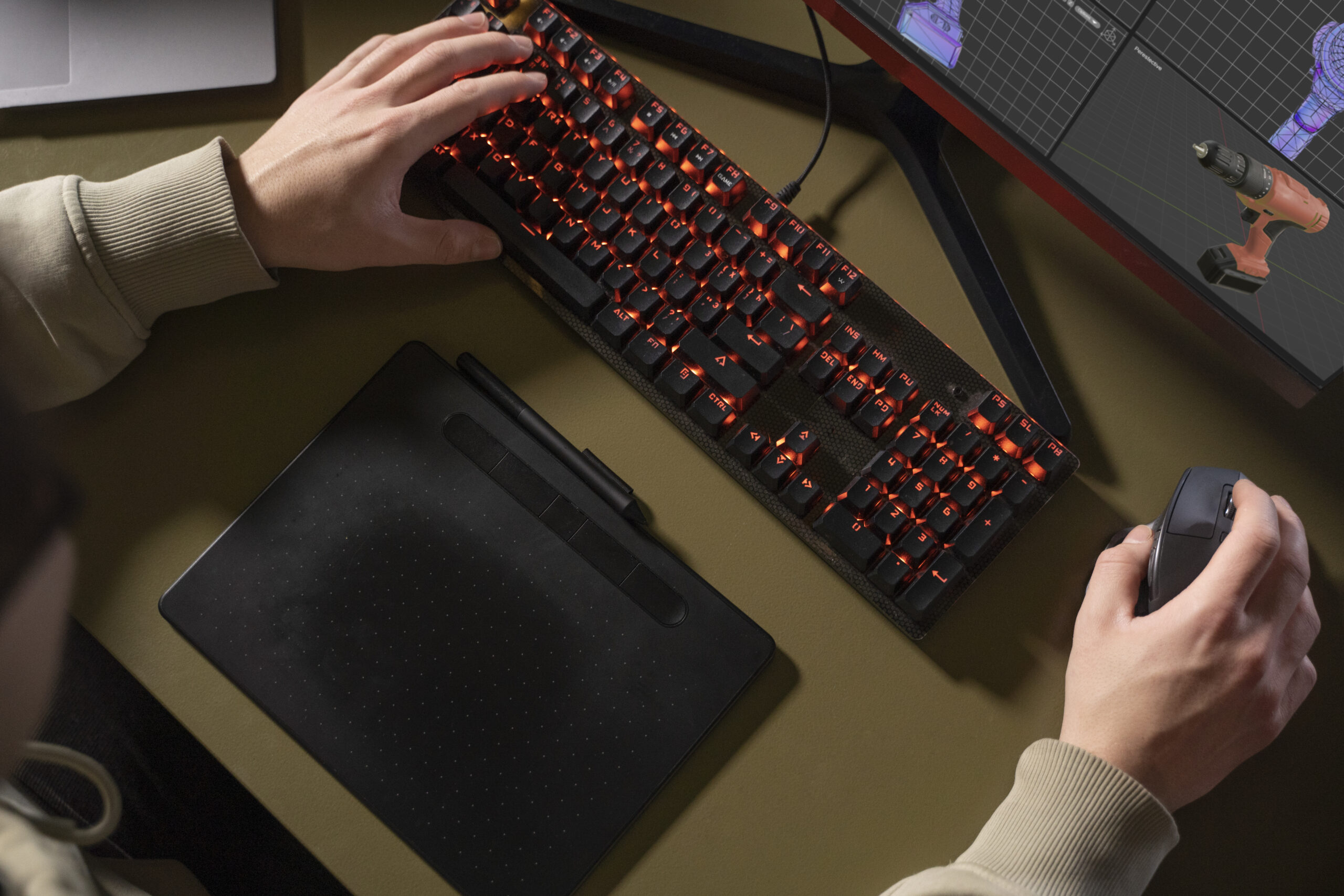The Ultimate Gaming Keyboard Buying Guide:
A Comprehensive Overview
In the vast landscape of gaming peripherals, few tools are as essential to a gamer’s arsenal as the keyboard. Serving as the primary interface between player and game, a gaming keyboard can make all the difference in terms of performance, comfort, and overall gaming experience. However, with a plethora of options available on the market, selecting the right gaming keyboard can be a daunting task. Fear not, as this comprehensive buying guide is here to illuminate the key factors to consider when choosing the perfect gaming keyboard tailored to your needs and preferences.
Understanding Gaming Keyboard Basics
Before delving into specific features and considerations, let’s establish a foundation by understanding the basic components and terminology associated with gaming keyboards:
- Key Switches: Key switches are the mechanisms beneath each keycap that register keystrokes. There are several types of key switches, each offering unique characteristics such as tactile feedback, actuation force, and noise level. Common switch types include mechanical, membrane, and hybrid switches.
- Keycaps: Keycaps are the individual caps placed atop key switches, providing a surface for typing or gaming. Keycaps may vary in material, texture, and profile, influencing typing feel and durability.
- Form Factor: Form factor refers to the overall size and layout of the keyboard. Common form factors include full-size, tenkeyless (TKL), and compact layouts, each offering advantages in terms of desk space, portability, and ergonomic design.
- Customization Options: Gaming keyboards often feature customizable keys, RGB lighting, and software integration, allowing users to personalize their gaming setup according to their preferences and gaming style.
Key Factors to Consider When Buying a Gaming Keyboard
Now that we’ve established a basic understanding of gaming keyboards, let’s explore the key factors to consider when making your purchasing decision:
-
Key Switch Type:
- Mechanical Switches: Known for their tactile feedback and durability, mechanical switches offer a satisfying typing experience favoured by many gamers. Popular mechanical switch brands include Cherry MX, Razer, and Logitech.
- Membrane Switches: Membrane switches use a rubber dome membrane to register keystrokes. While quieter and more affordable than mechanical switches, membrane switches may lack the tactile feedback and longevity of mechanical switches.
- Hybrid Switches: Hybrid switches combine elements of both mechanical and membrane switches, offering a balance between tactile feedback and affordability.
-
Key Switch Characteristics:
- Tactile vs. Linear vs. Clicky: Mechanical switches can be categorized into tactile, linear, and clicky variants, each offering a different typing feel and sound profile. Tactile switches provide a noticeable bump when actuated, linear switches offer smooth keystrokes without tactile feedback, and clicky switches produce an audible click sound when pressed.
- Actuation Force: Consider the actuation force required to register a keystroke, as it influences typing speed and fatigue. Lighter switches with lower actuation forces may be preferred for rapid keystrokes in gaming, while heavier switches offer more resistance and precision.

-
Customization and Software Integration:
- Programmable Keys: Many gaming keyboards come with programmable keys that allow users to assign macros or custom commands to specific keys. This feature is particularly useful for streamlining complex actions or executing rapid sequences of commands in games.
- RGB Lighting: RGB lighting allows gamers to personalize the appearance of their keyboard with a virtually unlimited range of colours and lighting effects. Beyond aesthetics, RGB lighting can also serve as a functional tool, providing visual cues or alerts during gameplay.
- Software Customization: Gaming keyboards often come with companion software that enables advanced customization of key assignments, macros, and RGB lighting effects. Explore the capabilities of the software and adjust settings to optimize your gaming experience.
-
Connectivity Options:
- Wired vs. Wireless: Gaming keyboards are available in both wired and wireless configurations. Wired keyboards offer a stable and reliable connection, while wireless keyboards provide greater freedom of movement and reduced cable clutter.
- USB vs. Bluetooth: Wired keyboards typically connect via USB, while wireless keyboards may use Bluetooth technology for connectivity. Consider your gaming setup and preferences when choosing between USB and Bluetooth connectivity options.
-
Build Quality and Durability:
- Construction Materials: Choose keyboards constructed from high-quality materials such as aluminium alloy or reinforced plastic to withstand heavy use and maintain structural integrity over time.
- Keycap Material: Keycaps made from durable materials such as PBT (polybutylene terephthalate) offer superior resistance to wear, shine, and fading compared to ABS (acrylonitrile butadiene styrene) keycaps.
- Water and Dust Resistance: Look for keyboards with water and dust-resistant designs or IPX ratings to protect against accidental spills and debris ingress. Sealed switches and keycaps prevent liquid damage and extend the lifespan of the keyboard.
6. Ergonomics and Comfort:
Ergonomic design features play a crucial role in ensuring comfort and reducing strain during long gaming sessions. Consider the following ergonomic features when evaluating gaming keyboards:
- Wrist Rest: Look for keyboards with an integrated or detachable wrist rest to support your wrists and maintain a neutral typing posture. A comfortable wrist rest can alleviate wrist fatigue and prevent discomfort during extended gaming sessions.
- Adjustable Height and Tilt: Some gaming keyboards feature adjustable feet or tilt angles, allowing you to customize the keyboard’s angle and height for optimal comfort. Experiment with different tilt settings to find the position that feels most natural and comfortable for your wrists and hands.
- Keycap Shape and Profile: Pay attention to the shape and profile of the keycaps, as they can impact typing comfort and accuracy. Keycaps with sculpted profiles and concave surfaces provide better fingertip grip and tactile feedback, enhancing typing comfort and reducing typing errors.

7. Anti-Ghosting and N-Key Rollover:
Anti-ghosting and N-key rollover are essential features that ensure accurate and reliable keystroke registration, especially during fast-paced gaming scenarios. Here’s what you need to know about these features:
- Anti-Ghosting: Ghosting occurs when multiple keystrokes are registered incorrectly due to limitations in the keyboard’s hardware or matrix. Anti-ghosting technology prevents ghosting by allowing multiple keys to be pressed simultaneously without interference, ensuring that every keystroke is accurately registered.
- N-Key Rollover (NKRO): NKRO refers to the keyboard’s ability to register an unlimited number of simultaneous key presses without any keys being dropped or ignored. This feature is crucial for gaming, where rapid key inputs are common, and precision is paramount. Look for keyboards with full N-key rollover support to ensure smooth and accurate gameplay.
8. Brand Reputation and Customer Support:
When investing in a gaming keyboard, consider the reputation of the brand and the quality of customer support services offered. Here’s why brand reputation matters:
- Reliability and Quality: Established gaming peripheral brands with a track record of producing high-quality products are more likely to deliver reliable and durable gaming keyboards. Research customer reviews, professional evaluations, and product ratings to gauge the quality and reliability of the keyboard.
- Warranty Coverage: Check the warranty coverage and terms provided by the manufacturer to ensure protection against defects and malfunctions. A generous warranty policy reflects the manufacturer’s confidence in the product’s quality and reliability, providing peace of mind for the consumer.
- Customer Support: Assess the responsiveness and effectiveness of the manufacturer’s customer support team in addressing inquiries, troubleshooting issues, and providing assistance. Prompt and helpful customer support can make a significant difference in resolving any issues or concerns that may arise during the lifespan of the gaming keyboard.
Conclusion:
Finding Your Perfect Gaming Keyboard
In conclusion, choosing the right gaming keyboard is a highly personal decision that depends on factors such as key switch type, customization options, connectivity, and build quality. By understanding the basics of gaming keyboards and considering key factors outlined in this buying guide, you can make an informed decision and find the perfect gaming keyboard that suits your needs, preferences, and gaming style. Whether you’re a casual gamer seeking comfort and convenience or a competitive player demanding precision and performance, the right gaming keyboard can elevate your gaming experience to new heights and unlock your full gaming potential. So, explore the options, compare features, and embark on your journey to finding the ultimate gaming keyboard that will accompany you on countless gaming adventures for years to come.






